Optimal Seasons for Waterproofing
Waterproofing is a crucial process to protect structures from water intrusion, which can lead to damage, mold growth, and reduced structural integrity. Proper timing ensures the effectiveness and longevity of waterproofing treatments, making it essential to choose optimal periods for application.
Spring offers moderate temperatures and lower humidity, ideal for applying waterproofing materials before heavy rain seasons.
Warm and dry summer months provide optimal conditions for most waterproofing products to cure properly.
Early fall can be suitable, but it requires monitoring weather patterns to avoid moisture interference during application.
Winter is generally unsuitable due to cold temperatures and potential freezing, which can compromise waterproofing effectiveness.

Ways to make Waterproofings work in tight or awkward layouts.
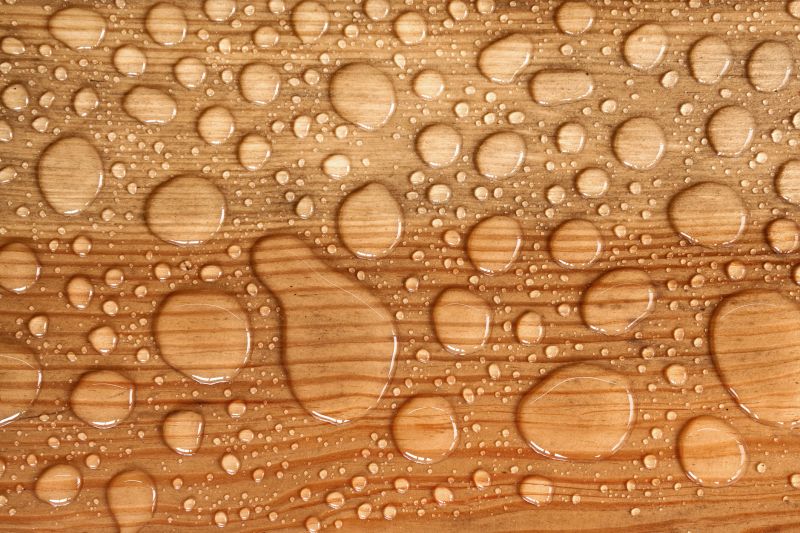
Popular materials for Waterproofings and why they hold up over time.
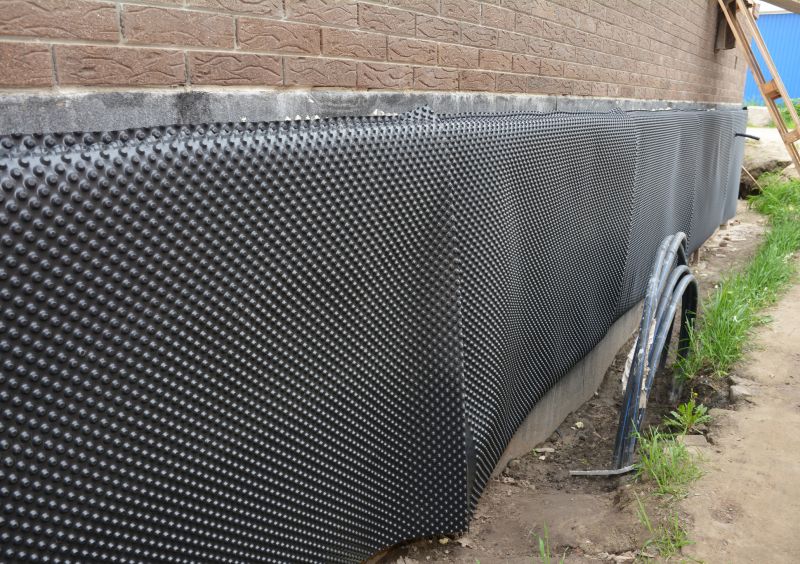
Simple add-ons that improve Waterproofings without blowing the budget.

High-end options that actually feel worth it for Waterproofings.

Finishes and colors that play nicely with Waterproofings.
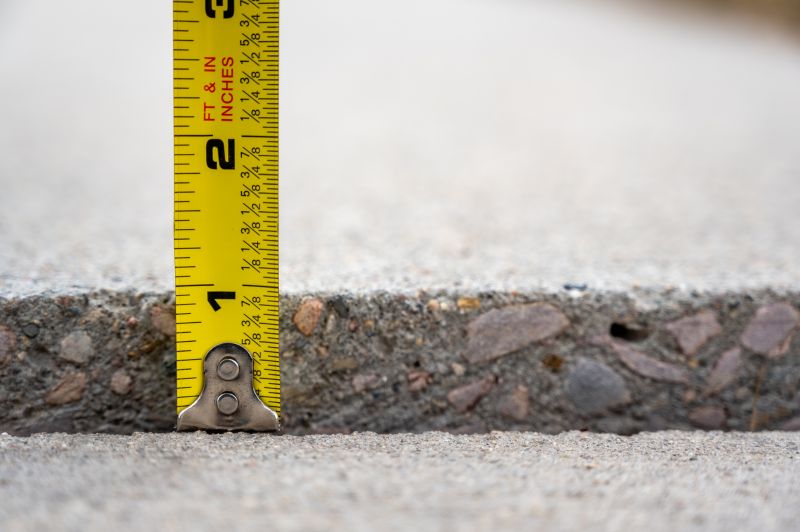
Little measurements that prevent headaches on Waterproofings day.
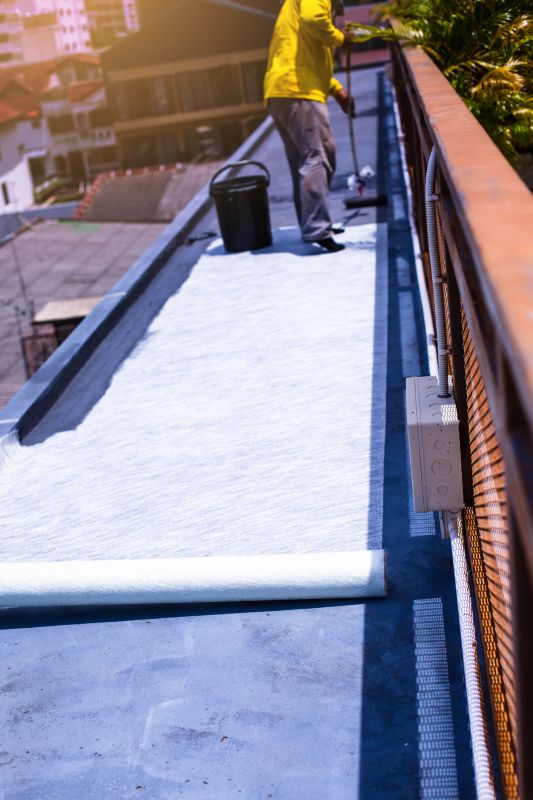
A 60-second routine that keeps Waterproofings looking new.

A frequent mistake in Waterproofings and how to dodge it.
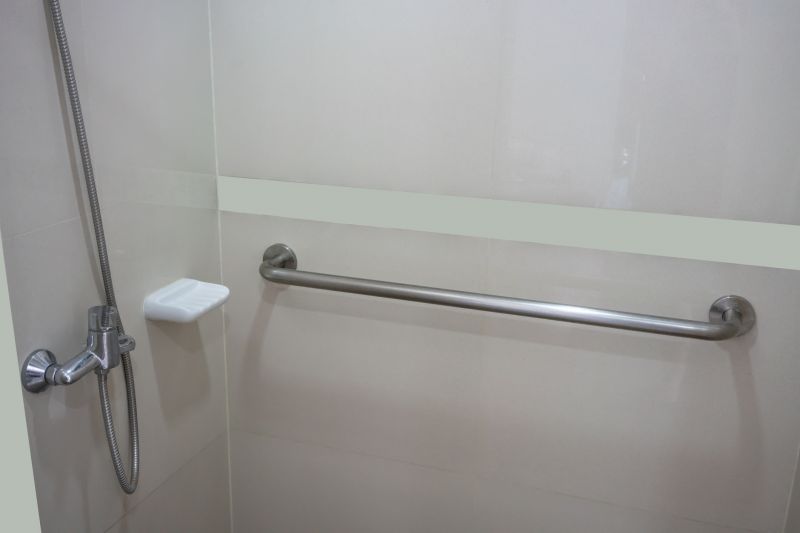
Small tweaks to make Waterproofings safer and easier to use.
| Season | Best Conditions |
|---|---|
| Spring | Temperatures between 50-75°F, low humidity, dry days |
| Summer | Warm, dry weather with temperatures 70-85°F |
| Fall | Mild temperatures, avoid early frosts |
| Winter | Cold temperatures, freezing conditions, generally unsuitable |
Waterproofings are essential for protecting foundations, roofs, and other structures from water infiltration. Proper application during suitable weather conditions ensures durability and effectiveness. Different waterproofing materials and methods are available, each suited for specific environments and structural needs. Understanding the seasonal considerations helps in planning maintenance and new projects to prevent water-related damages.

Lower-waste or water-saving choices for Waterproofings.
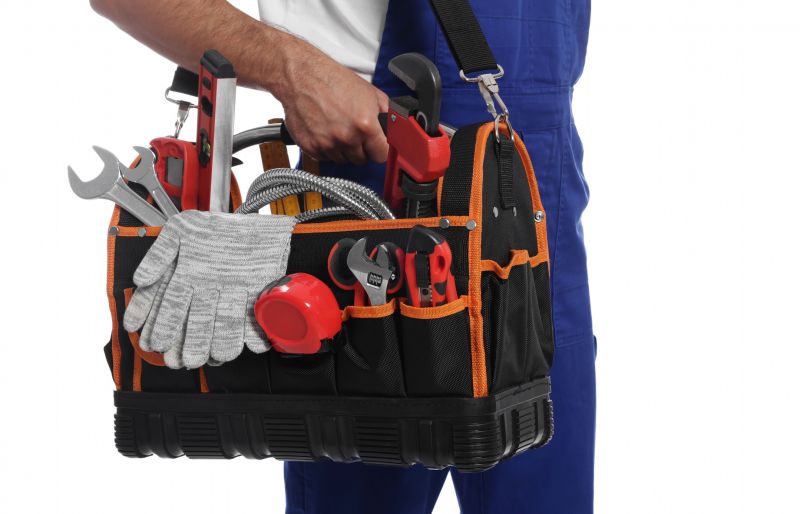
The short, realistic tool list for quality Waterproofings.

Rough timing from prep to clean-up for Waterproofings.

Quick checks and paperwork to keep after Waterproofings.
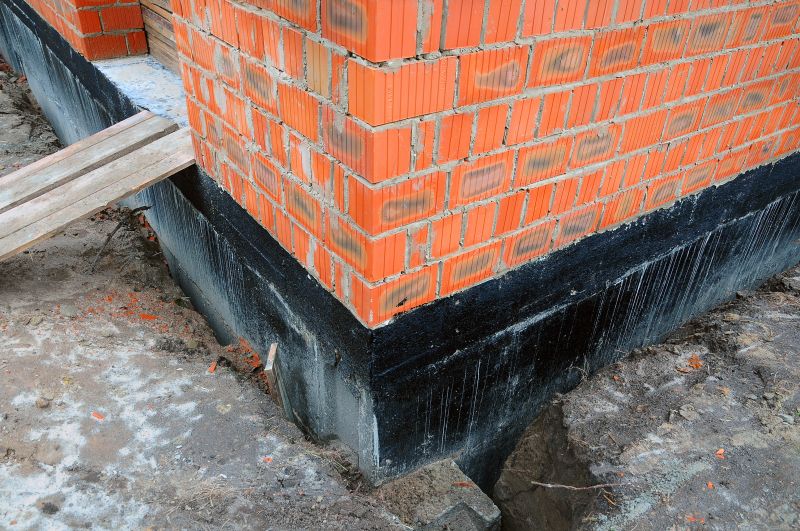
Examples that show the impact a good Waterproofings can make.

Ways to make Waterproofings work in tight or awkward layouts.
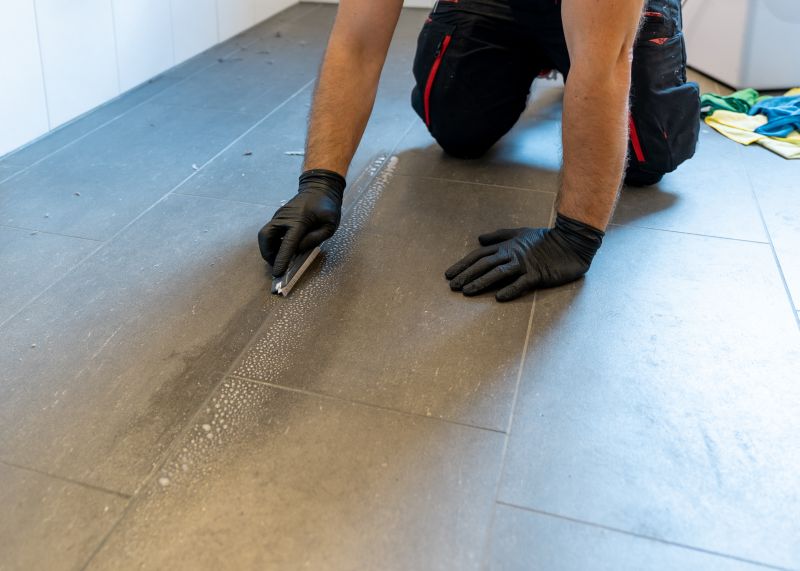
Ways to make Waterproofings work in tight or awkward layouts.

Ways to make Waterproofings work in tight or awkward layouts.
Interested in waterproofing services? Filling out the contact form provides an opportunity to discuss specific needs and schedule projects during the optimal seasons for maximum effectiveness.

